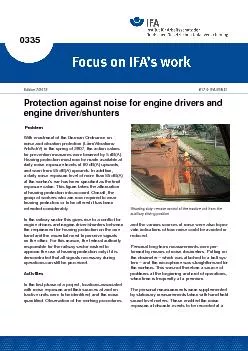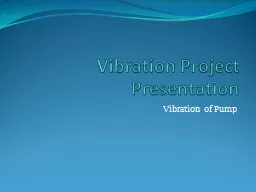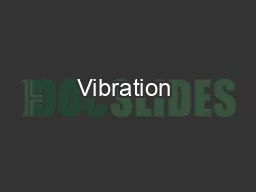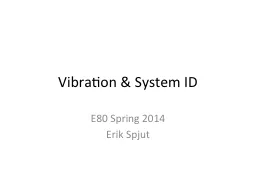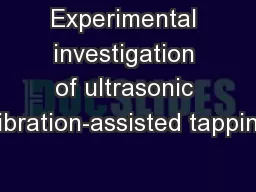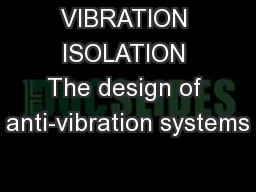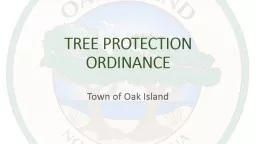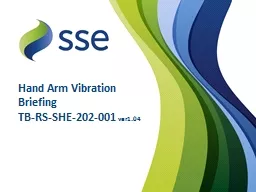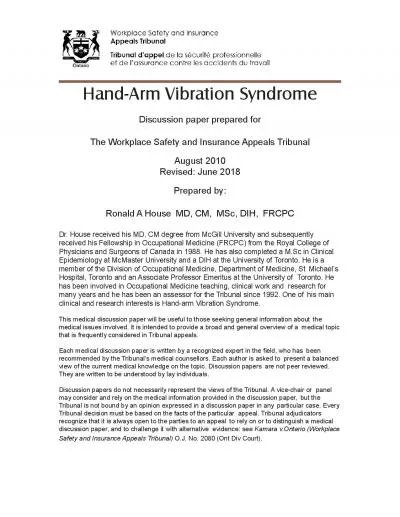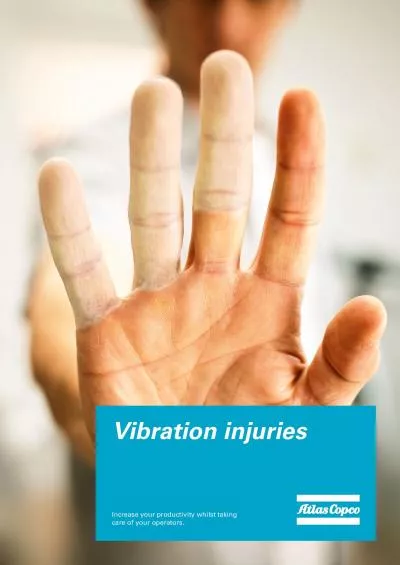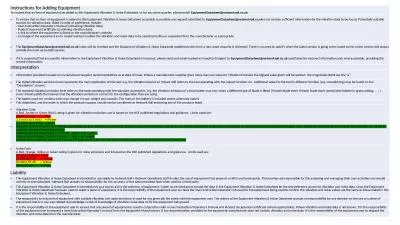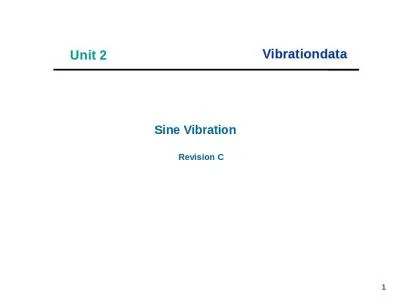PDF-With enactment of the German Ordinance on noise and vibration protecti
Author : conchita-marotz | Published Date : 2015-10-22
Edition 72012 6170IFA63821 Problem Edition 0335 72012 number of locations of the workers such as the auxiliary driving positions on tractive units and emanating
Presentation Embed Code
Download Presentation
Download Presentation The PPT/PDF document "With enactment of the German Ordinance o..." is the property of its rightful owner. Permission is granted to download and print the materials on this website for personal, non-commercial use only, and to display it on your personal computer provided you do not modify the materials and that you retain all copyright notices contained in the materials. By downloading content from our website, you accept the terms of this agreement.
With enactment of the German Ordinance on noise and vibration protecti: Transcript
Download Rules Of Document
"With enactment of the German Ordinance on noise and vibration protecti"The content belongs to its owner. You may download and print it for personal use, without modification, and keep all copyright notices. By downloading, you agree to these terms.
Related Documents

